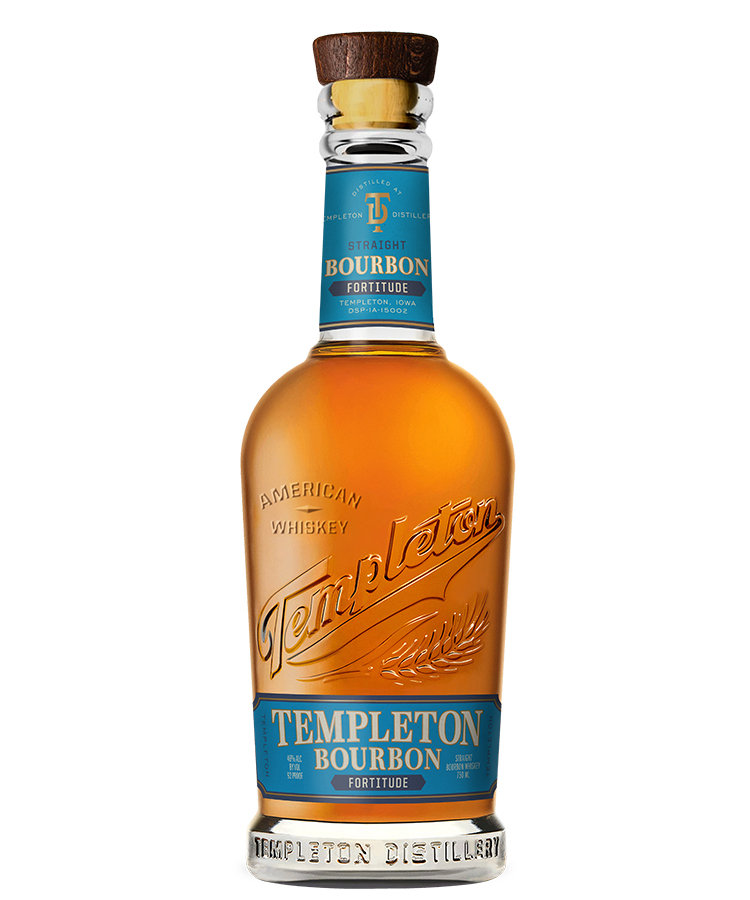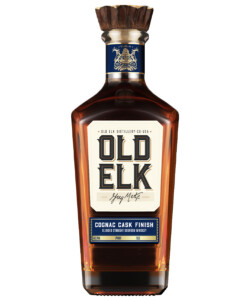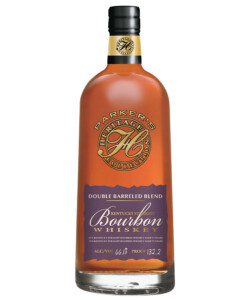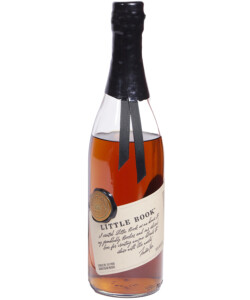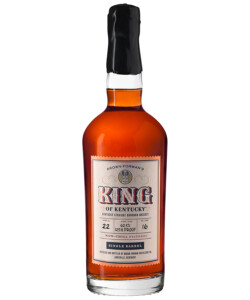Table Of Contents
The Details
| Rating | 85 |
| Style |
Bourbon American Whiskey Whiskey |
| Produced In |
Iowa United States |
| ABV | 46% |
| Availability | Year Round |
| Price | $39.99 |
| Reviewed By | |
| Review Updated | 2024-04-19 |
Templeton Fortitude Bourbon Review
Iowa-based Templeton Distillery is in the midst of a years-long transition from bottling sourced whiskeys to selling its own aged distillate. The first fruit of that labor is Templeton Fortitude Bourbon, a non-age stated whiskey made from a mash bill of 55 percent corn, 40 percent rye, and 5 percent malted barley.
It’s clear Templeton — owned by San Diego-based Infinium Spirits — is prioritizing transparency in this release in everything but age. The producer spells out the yeast (Fermentis Safspirit), grain sourcing (corn from within 15 miles of the Iowa distillery), fermentation time (3-4 days), and barrel type (a level 4 char). What isn’t specified is age, though since Fortitude is a straight bourbon, we can assume it’s somewhere north of two years.
Time will tell how Templeton’s Iowa-distilled bourbon does with additional time in the barrel, and one hopes age-stated releases are in the pipeline. But for now, we’ve got our first taste of what Templeton Distillery can really do.
Let’s see how this bourbon, made with an uncommonly high percentage of rye, stacks up!
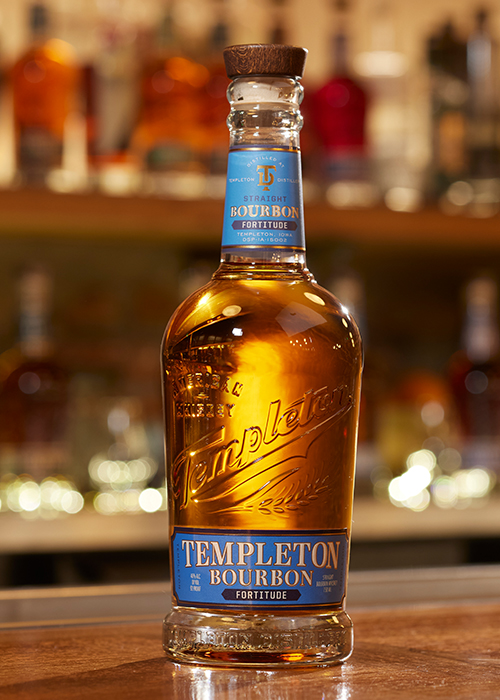
Templeton Fortitude Bourbon: Stats and Availability
Templeton’s Fortitude Bourbon is available nationwide and carries a suggested retail price of around $40. If you’re keen on finding a bottle, don’t expect to pay much (if anything) north of MSRP. This is positioned as a budget-friendly bottle, though these days, Templeton faces plenty of competition in that category and price range.
Templeton Fortitude Bourbon Review
As with all of VinePair’s whiskey reviews, this was tasted in a Glencairn glass and rested for at least five minutes.
Nose
Grain-forward on the nose, Templeton’s in-house bourbon showcases its high-rye mash bill from the start. Baking spice and cinnamon-stick-forward rye spice dominate. That’s combined with a light undercurrent of oaky sweetness; think red cinnamon chewing gum instead of cinnamon sugar donut. It noses a bit above the relatively tame 92 proof.
A little more time in the glass brings out some sandalwood and cedar, but their depth is fleeting; rye is still in the driver’s seat here. After the nose acclimates to the spice, vegetal elements come through with force: dill, freshly cut Bermuda grass, green onion, and spearmint.
The very end of the nose is heavy on lemon Pine-Sol and cane sugar.
Overall, this nose fits more in line with a young rye than a young bourbon. Given Templeton’s mash bill, that’s likely no surprise to anyone, especially the producers.
Taste
Tamer than the nose, the first couple of sips are actually coming in below proof and leaning more into sweet than spice or vegetal. Graininess — not immediately identifiable as corn — pairs with light, vanilla-forward sweetness; it’s rice pudding, at least on first impression.
Things gain a touch more depth by the third sip, and we’ve moved into sweetened, condensed milk territory. That sits remarkably well at the front of the tongue and then gradually folds in more wood-forward flavors as the bourbon moves back across the palate.
I half anticipated a burst of spice on the midpalate, but the flavors fell short. Instead, the milky caramel sweetness simply extends back, and it’s tough to suss out a narrative for the whiskey’s tastes; there aren’t any big dips in flavor, but I can’t find many peaks, either. A little clove and nutmeg shows up toward the back of the palate, a light sprinkling of spices on top of that initial rice pudding.
Finish
There’s a surprising creaminess here, though I wouldn’t call the mouthfeel viscous. That helps carry a longer-than-expected finish heavy on dried oak and vanilla wafer. It’s too early to tell whether that harmony can carry this bourbon to greatness after five, 10, or 12 years in wood. But it’s a promising hint at what this distillate might be able to do with additional years in a barrel.
Templeton Fortitude Bourbon Rating
85/100
Recap
Templeton Fortitude Bourbon doesn’t bring incredibly rich depth, oak characteristics, or intersecting flavors. But for a first, wallet-conscious release, one could argue that isn’t really the point. It has few (if any) identifiable flaws beyond the fact that it tastes, well, a bit young. And in an increasingly busy bourbon market, that $40 range features plenty of entrants at a wide range of flavor spectrums, many carrying their oak influence with noticeably more maturity.
What Fortitude does, it does well, with light sweetness and a rare amount of rye grain influence in a bourbon. Combined, the hefty rye spice and herbaceousness make this a fun one for mixologists to get their hands on.
Time will tell what Templeton’s bourbon can do with additional years in wood. For now, the distillery is finding a way to make its young bourbon stand out.
